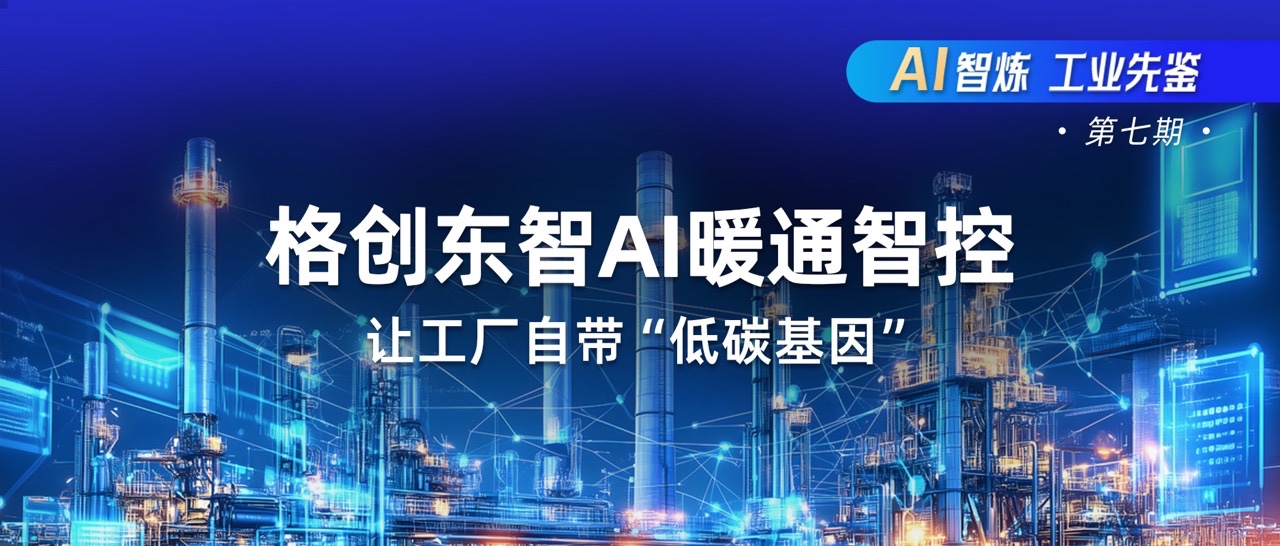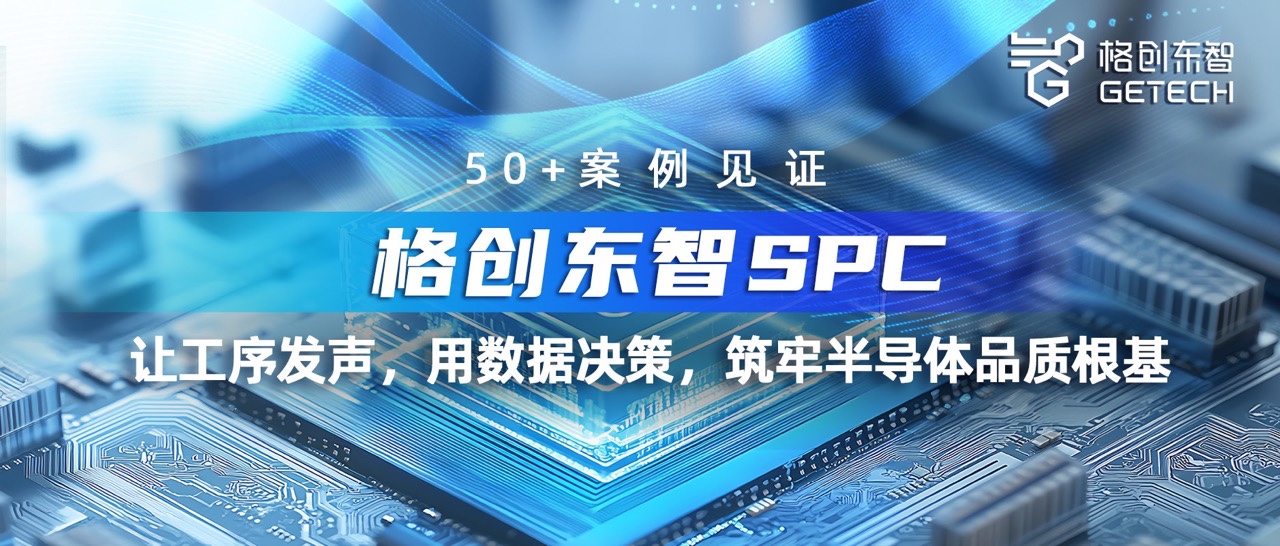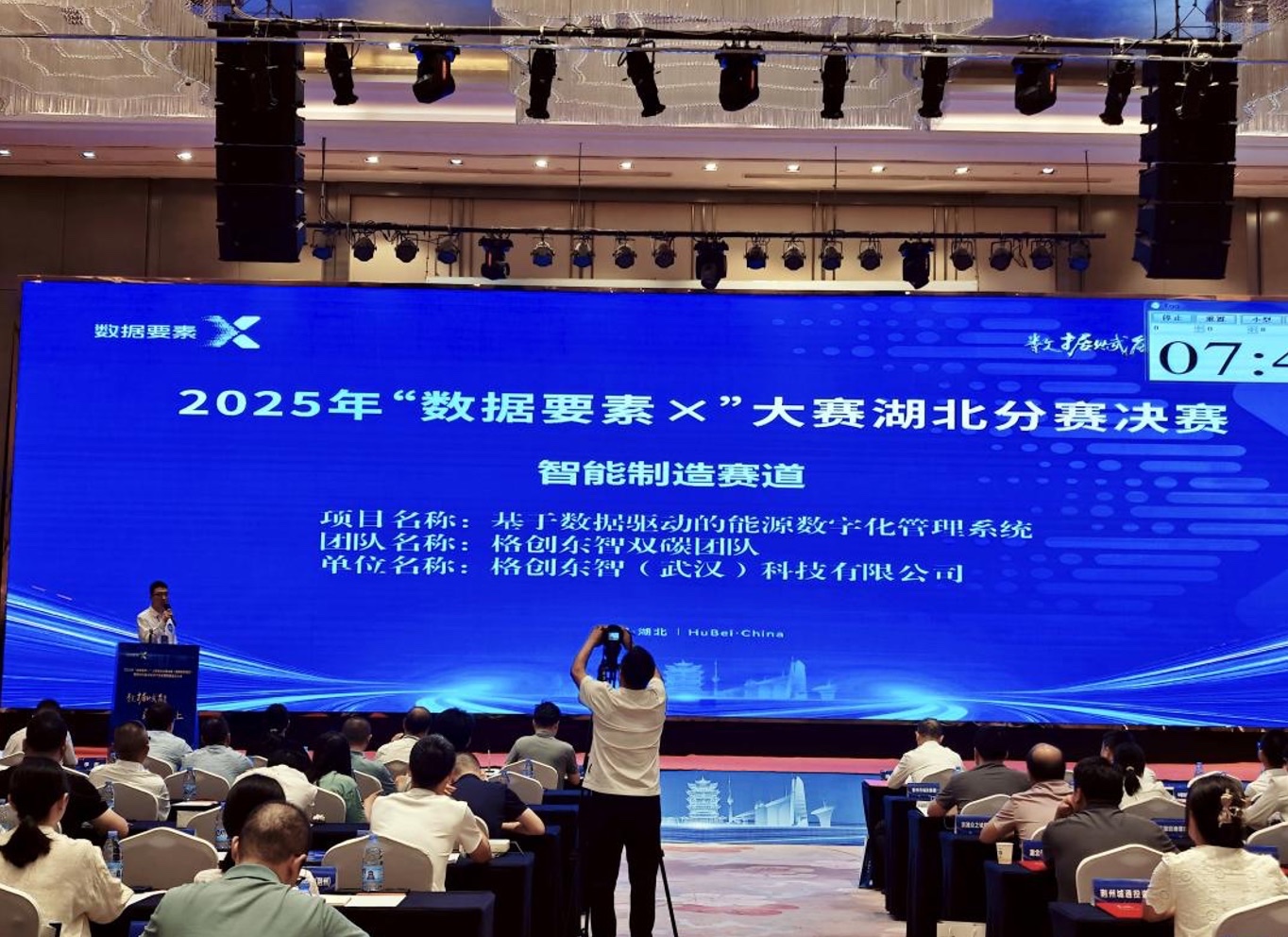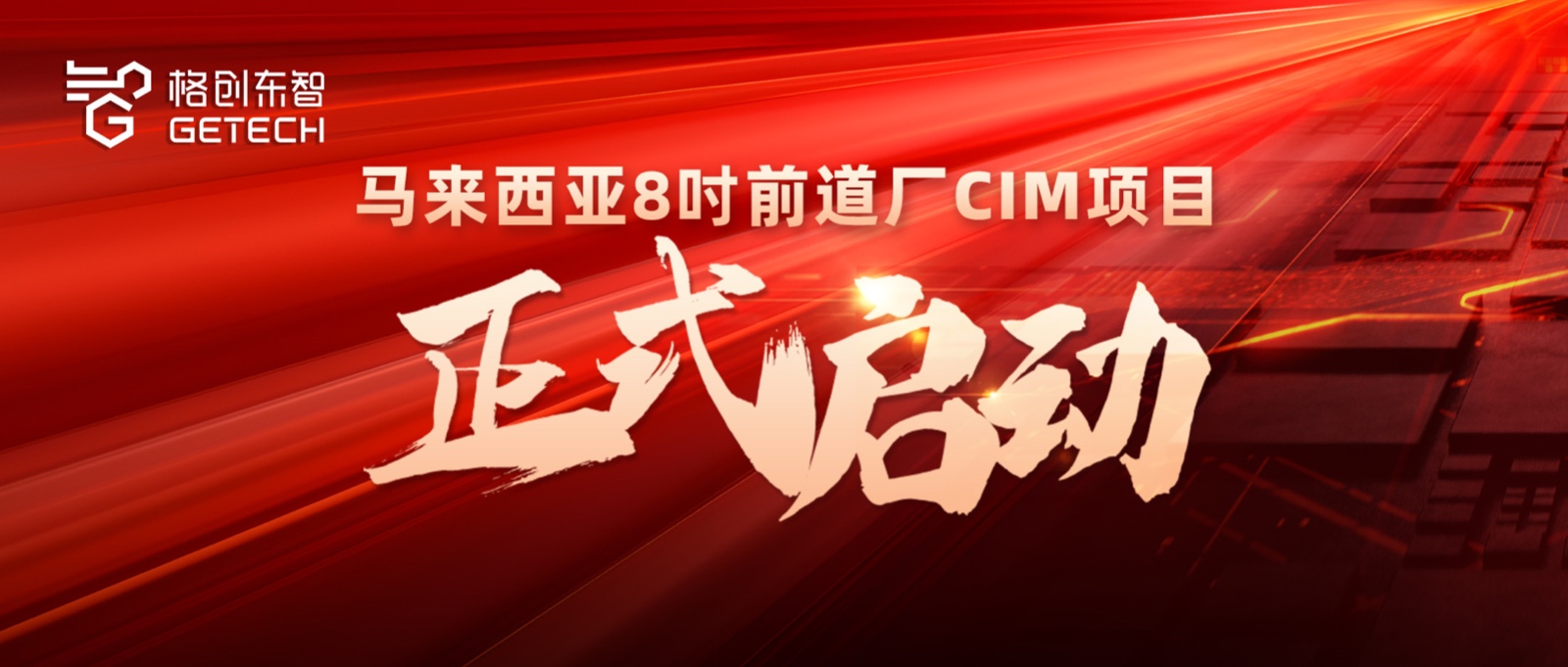GeChuang DongZhi CEO He Jun: Focusing on Semiconductors as a Breakthrough to Support High-Quality Development of Manufacturing
"What I understand by 'manufacturing taking the lead' emphasizes technological innovation and the development of the digital economy, driven by demand-side manufacturing, where manufacturing will become the main body of innovation. GeChuang DongZhi will focus on semiconductor manufacturing as a breakthrough, using the industrial internet to promote high-quality development in manufacturing." During the "Towards New Futures—2022 Southern Tribute Annual Release" event, He Jun, Vice President of TCL Industries and CEO of GeChuang DongZhi, stated in an exclusive interview with Southern Daily and Southern+ reporters.

As a national dual-cross platform enterprise originating from semiconductors, GeChuang DongZhi has currently helped semiconductor companies like China Star Optoelectronics achieve software localization. "We have the capability and willingness to take on major responsibilities, such as collaborating with ecosystem enterprises to concentrate efforts on significant tasks, striving to provide localized industrial software for companies in Guangdong's integrated circuit industry chain," He Jun said.
Southern+: The Second Plenary Session of the 13th Provincial Party Committee proposed emphasizing manufacturing as the cornerstone, planning and advancing the construction of a modern industrial system at a high level, focusing on large industries, platforms, projects, enterprises, and environments. How do you interpret 'manufacturing taking the lead'?
He Jun: Firstly, manufacturing is the foundation for future development and the "ballast" of China's economic growth. We have experienced rapid development in the internet and e-commerce sectors, exploring new models; in reality, the internet also serves the real economy. Guangdong's emphasis on manufacturing as the cornerstone fully illustrates that manufacturing is the driving force and engine of economic development, reflecting regional creativity, competitiveness, and comprehensive strength.
What I understand by 'manufacturing taking the lead' places greater emphasis on technological innovation and the development of the digital economy, driven by demand-side manufacturing. Manufacturing will become the main body of innovation, shouldering the responsibility for technological innovation. Additionally, the initiation and funding of more major projects in the future will primarily be driven by manufacturing, leveraging large projects to attract resources from more industrial chains, promoting collaborative innovation and accelerated development.
Southern+: GeChuang DongZhi has always focused on assisting the digital transformation of manufacturing. What experiences have you gained in recent years? Especially in promoting the intelligent development of the semiconductor industry, what challenges exist?
He Jun: The semiconductor industry experiences rapid technological and process iterations, requiring constant insight into market changes, continuous improvement in product quality, and reduction in production costs. Due to the high complexity of semiconductor manufacturing processes, the volume of data generated during production is particularly large, and the industry started with a high degree of automation, giving it a very strong information foundation. Therefore, there is an urgent need for enterprises to conduct deep integration and analysis of vast amounts of data on this highly automated basis. How to tap into the value of data assets to guide and drive optimization in production and other areas is a major challenge for semiconductor companies.
GeChuang DongZhi targets semiconductor manufacturing as a key breakthrough, leveraging the industrial internet to promote IT and OT integration. Currently, the intelligent transformation of semiconductor factories has entered a deep phase; merely addressing from the IT perspective no longer meets higher standards of smart requirements. It is essential to fully tap into data value, utilize innovative technologies like 5G, IoT, AI, and big data to empower underlying OT-side equipment, driving intelligent upgrades of equipment and edge control hardware through software and algorithms. This genuinely helps semiconductor factories achieve group control and centralized control capabilities, optimizing equipment collaboration efficiency, enhancing production efficiency and yield rates, and reducing production costs.
Southern+: How do you think Guangdong's manufacturing industry should maintain and enhance its competitive advantages?
He Jun: Firstly, Guangdong Province should strengthen the construction and investment in advanced industrial clusters. Guangdong has a solid manufacturing foundation, abundant talent, and a government with strong professional capabilities. It must accelerate the attraction of strategic emerging industries, particularly establishing industrial clusters in integrated circuits, new energy, and biomedicine.
Secondly, on the service side of the digital economy, Guangdong has always been a national leader. For example, the number of industrial internet platform enterprises far exceeds that of other provinces. It is recommended that Guangdong fully leverage its supply-side advantages to strengthen the competitive edge of the real manufacturing sector. In this regard, consider adopting a "concentrate efforts on major tasks" strategy, using policy guidance and encouragement for manufacturing enterprises to cooperate with excellent service providers within the province, jointly solving "bottleneck" issues in strategic industry development, while also fostering industrial software giants born in Guangdong.
Furthermore, it is essential to utilize the "dual-cross" platform enterprises in Guangdong effectively and enhance the capability building of industrial clusters and chains.
Finally, vigorously develop industry-academia-research-application collaborations, make good use of Guangdong's hundreds of vocational schools and technical institutes, and jointly build a talent training system for advanced manufacturing.
【Reporter】Peng Lin
【Poster Design】Zhong Haoming





